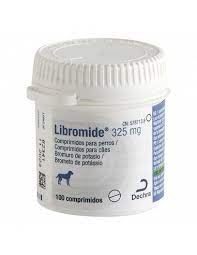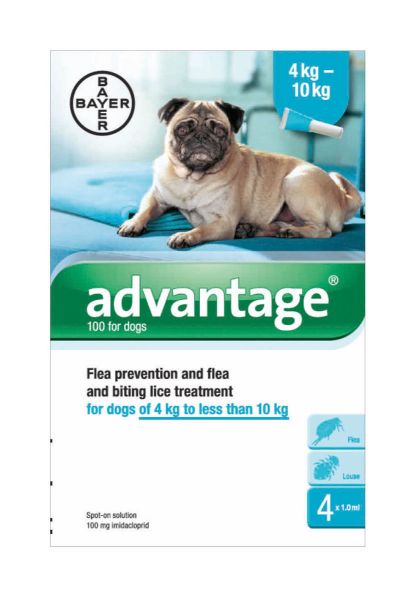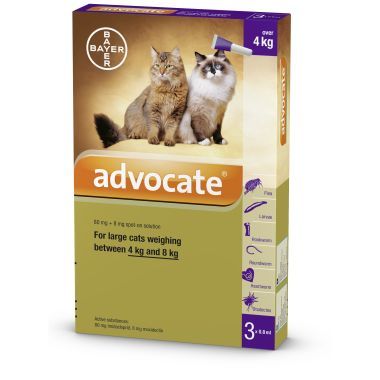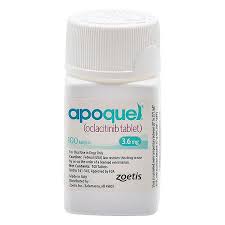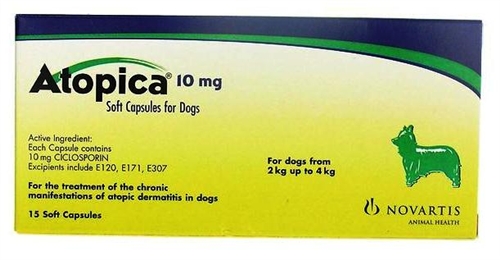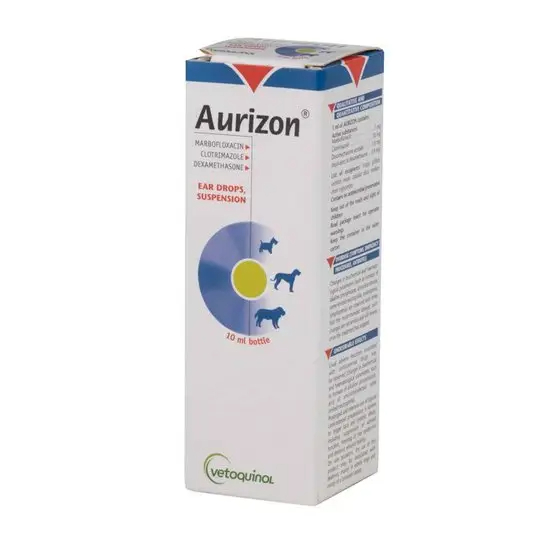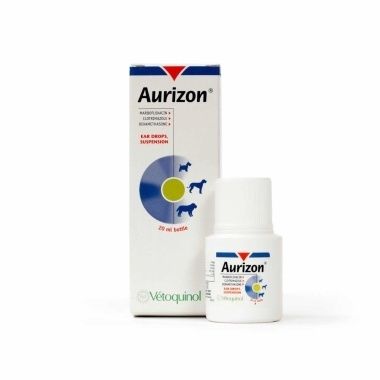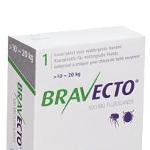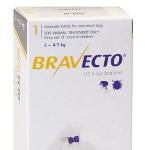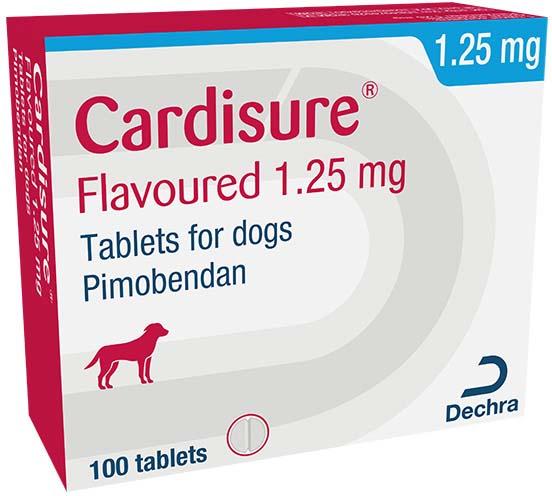Libromide® 325 mg Tablets for Dogs Species: Dogs Therapeutic indication: Pharmaceuticals: Neurological preparations: Others Active ingredient: Potassium Bromide Product:Libromide® 325 mg Tablets for Dogs Product index: Libromide 325 mg Tablets for Dogs Qualitative and quantitative composition 1 tablet contains: Active substance: Potassium bromide 325 mg Pharmaceutical form Tablet. Plain white circular biconvex 9.5 mm tablet with a single scored line on one face. The tablets can be divided into halves. Clinical particulars Target species Dogs. Indications for use An anti-epileptic agent for use as an adjunct to phenobarbital in the control of refractory cases of epilepsy in dogs. Contraindications Do not use in cases of known hypersensitivity to bromide, or to any of the excipients. Do not use in dogs with severe renal insufficiency. Special warnings for each target species It is advisable not to change the dog’s diet during therapy due to the effect of chloride intake on serum bromide concentrations, see Interactions. Special precautions for use in animals Do not abruptly discontinue therapy as this may precipitate seizures. In renal insufficiency, excretion of bromide is reduced. To prevent bromide accumulation, and a relative overdose of potassium bromide (see Overdose) administer a reduced dose of Libromide and monitor the serum bromide concentration closely. A reduction in chloride intake could cause bromide intoxication (see Interactions). Administration on an empty stomach may induce vomiting. Dogs weighing less than 11 kg cannot be accurately dosed with the recommended initial dose rate of 15 mg/kg twice daily as the minimum dose achievable by division of the Libromide 325 mg tablet is 162.5 mg, see Amounts to be administered and administration route. Potentially severe side effects can be associated with the use of potassium bromide in cats. Special precautions to be taken by the person administering the veterinary medicinal product to animals Do not handle this product if you are pregnant, think you are pregnant or if you are breast feeding. Do not handle this product if you have a known sensitivity to bromide. Wash hands thoroughly immediately after breaking or handling any tablets. Discontinue handling this product if you develop any signs of skin irritation, including itchiness, rash, peeling or flaking of skin or redness. In case of irritation of the skin or eyes, or in case of accidental self administration, seek medical advice immediately and show the package leaflet or the label to the physician. To the physician: Bromide intoxication can be treated by administration of sodium chloride or a suitable chloruretic agent. Adverse reactions Dogs receiving potassium bromide in combination with phenobarbital will commonly exhibit elevated serum pancreatic lipase immunoreactivity concentrations (cPLI) which may or may not be associated with clinical signs of pancreatitis. In cases of pancreatitis or dermatitis, symptomatic treatment may be required. Uncommon adverse reactions also include behavioural changes such as irritability or restlessness. Adverse clinical signs which may appear in dogs on higher doses of therapy usually disappear following a reduction in dose. If the dog is too sedated, assess the serum concentrations of both bromide and phenobarbital to determine whether the dose of either should be reduced. If the dose is reduced, measure the serum bromide concentration to ensure it remains within the therapeutic range. Commonly reported adverse reactions include polyuria/polydipsia, polyphagia, vomiting, somnolence, ataxia (hind end weakness and loss of coordination), nausea and erythematous dermatitis (bromide rash). In rare cases transient diarrhoea may occur. Haemorrhagic diarrhoea, pancreatitis, anorexia, hepatopathy, dyspnoea and vocalisation may appear very rarely. The frequency of adverse reactions is defined using the following convention: - very common (more than 1 in 10 animals displaying adverse reactions during the course of one treatment) - common (more than 1 but less than 10 animals in 100 animals) - uncommon (more than 1 but less than 10 animals in 1,000 animals) - rare (more than 1 but less than 10 animals in 10,000 animals) - very rare (less than 1 animal in 10,000 animals, including isolated reports). Use during pregnancy and lactation The safety of the veterinary medicinal product has not been established during pregnancy or lactation in dogs. Although there was no evidence of reproductive toxicity in laboratory animals, bromide can cross the placenta and cases of neonatal bromide toxicity have been reported in humans. In the absence of specific data, continued use during pregnancy should be subject to a benefit/risk assessment by the responsible veterinarian. Since bromide may be excreted into milk, monitor nursing puppies for somnolence/sedative effects; if necessary, consider early weaning, or an artificial suckling method. Interactions Bromide and chloride compete for re-absorption by the kidneys. Increasing dietary chloride (salt) intake will decrease renal re-absorption of bromide, causing decreased serum bromide concentrations, which could lead to seizures. Conversely, changing to a diet low in chloride will increase serum bromide concentrations, which could cause bromide intoxication (see Overdose). Loop diuretics (e.g. furosemide) can increase bromide excretion, lowering serum bromide concentrations. Administration of fluids or drug formulations containing chloride can lower serum bromide concentrations. Bromide is synergistic with other GABA-ergic drugs such as phenobarbital. Amounts to be administered and administration route For oral use. Administer with food. Administer to dogs with refractory epilepsy, where seizure control is unsatisfactory despite appropriate phenobarbital therapy, when serum phenobarbital concentrations are at a steady-state within the therapeutic range. The dose should be titrated to the individual dog as the required dosage will depend on the nature and severity of the underlying disease. Administer with food at an initial dose of 15 mg/kg body weight twice daily (equivalent to a total daily dose of 30 mg/kg). Twice daily administration is advised in order to reduce the risk of gastrointestinal disturbances. Due to the 24 day half-life of bromide, it can take several weeks or months to achieve steady-state serum concentrations. For at least the first three months following commencement of therapy, measure serum bromide concentrations every 4 weeks. The expected therapeutic serum bromide concentration (when used in conjunction with phenobarbital) is 800 to 2000 µg/ml. Adjustments to the dose should be made with regard to the frequency of seizures, the half-life of bromide and the serum bromide concentration. Long term monitoring of serum bromide (and associated phenobarbital) concentrations should be performed as clinically justified by the individual case. Close monitoring for side effects is advisable at higher serum bromide concentrations. Use in dogs with a body weight of less than 11 kg should be subject to a benefit/risk assessment, see Special precautions for use in animals. Overdose Clinical signs of bromide toxicity, such as ataxia, somnolence, nausea and pancreatitis may occur in dogs when a high dose is administered. If overdose is suspected, immediately reduce the dosage. Closely monitor the serum bromide concentration in order to establish an appropriate therapeutic concentration. In cases of overdose, if necessary and appropriate, administer 0.9% sodium chloride solution intravenously to reduce serum bromide concentrations. Pharmacological particulars Pharmacotherapeutic group: Psycholeptics: Other hypnotics and sedatives: Bromides. ATCvet code: QN05CM11 Pharmacodynamic properties Potassium bromide is a halide anticonvulsant. Bromide replaces chloride in all body fluids. It competes with chloride transport across nerve cell membranes and inhibits sodium transport and so causes membrane hyperpolarisation. This hyperpolarisation raises the seizure threshold and prevents the spread of epileptic discharges. Bromide has effects on active transport across glial cell membranes and affects passive movements of ions by competition with chloride for anion channels in post-synaptic membranes that are activated by inhibitory neurotransmitters. This potentiates the effect of GABA which results in a synergistic activity of bromide with other drugs that have GABA-ergic activity. Pharmacokinetic particulars The pharmacokinetics of potassium bromide have been studied in dogs. The half-life is approximately 24 days. Due to this extremely long half-life, it can take several weeks/months to achieve steady state concentrations. Potassium bromide is well absorbed orally with peak absorption in about 1.5 hours. Once ingested, the potassium bromide salt dissociates, and the bromide ion is rapidly absorbed by the gastrointestinal tract. After absorption, the bromide ion rapidly distributes, as does chloride, throughout the extra-cellular space and into cells. Chloride is distributed passively across most cell membranes according to the trans-membrane potential, and it is likely that bromide distributes in the same manner. As the bromide concentration is increased in the body, the concentration of chloride is decreased in direct proportion to the increase in bromide. Bromide is not metabolised by the body, it enters and leaves the body only as the monovalent anion. Excretion of bromide is mainly via the kidneys, where it competes with chloride for tubular reabsorption.

